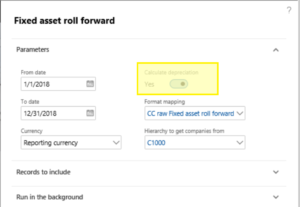
20th anniversary
20-5-3 is my formula for this year: log₂₀₋₅(2019) ~ 3

- 20 years in the ERP business, started with Damgaard Concorde XAL
- 5 years with the cloud Dynamics 365 for Finance and Operations
- 3 years independent










